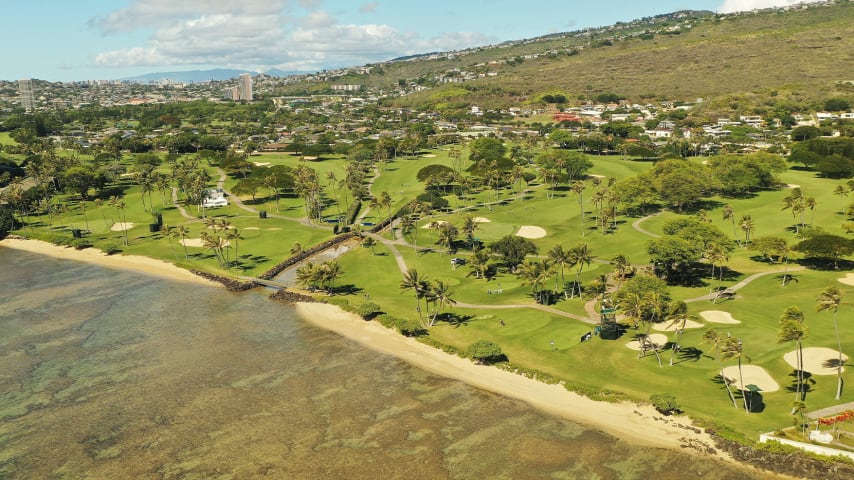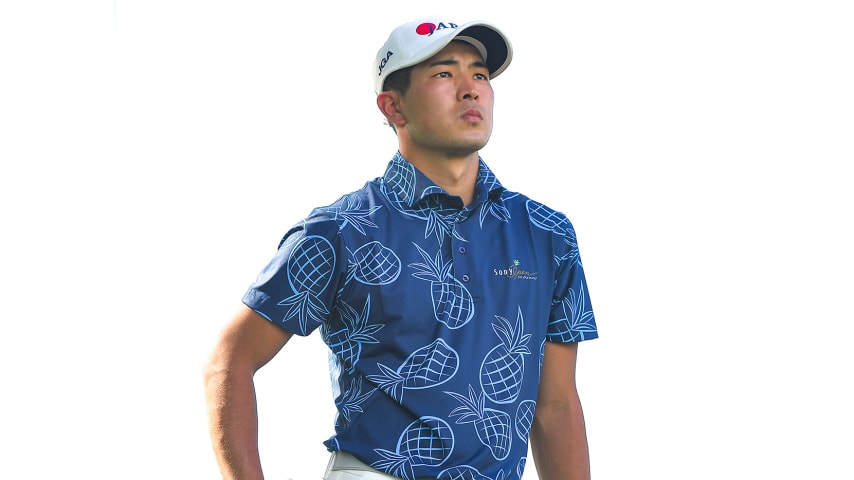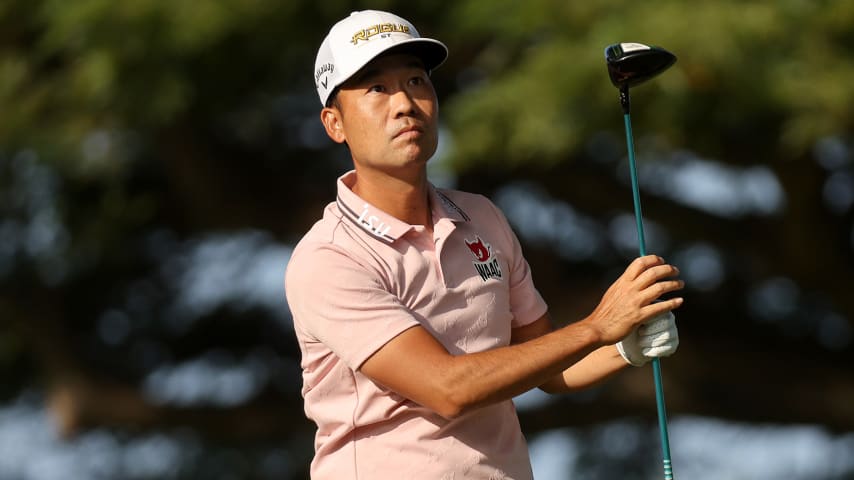Five things to know: Waialae Country Club
5 Min Read

Written by Jeff Eisenband
The PGA TOUR shifts from Maui to Oahu this week, and while the state may be the same, the island change calls for a dramatically different style of golf. Gone are the sweeping elevation changes of Kapalua and in comes the flatter, European and Hamptons-inspired Waialae Country Club, home of the Sony Open in Hawaii.
Waialae pre-dates Hawaiian statehood, was featured in a popular 1960s comedy flick, and has been part of the PGA TOUR schedule since 1965. That’s a lot of tournament film to study, but Waialae still packs a few new punches every January.
1. It pays tribute to legendary courses
When golf course architect Seth Raynor and his then-associate Charles Banks crafted Waialae in the early part of the 20th century, they looked to some of the famous courses of the day for inspiration.
Raynor designed the first hole, now a 488-yard par 4, with the “Road Hole” from the Old Course at St Andrews in mind. Like the 17th hole in Scotland, the first hole in Hawaii demands an approach shot into a shallow green with a deep bunker guarding in front.
No. 7 at Waialae is a sibling of No. 6 at National Golf Links of America in Southampton, New York, one of the trademark courses of Charles B. Macdonald, Raynor’s mentor. Both par 3s play short – the back tees at National Golf Links stretch to 141 yards and the Sony Open hole reaches 162 yards – but both provide a layer of bunker troubles in front of a wide green. Raynor originally surrounded the entire green with sand as a further tribute to Macdonald, but today it’s only in the front.
Waialae’s par-3 17th hole employs a “redan-style” green that was recently restored to Raynor’s original vision with a large bunker on the left and four smaller bunkers to the right of the green. Macdonald and Raynor were important figures in establishing the redan concept in the U.S., bringing it over from its origin at North Berwick Golf Club in Scotland.
The par-3 fourth hole at Waialae, with its 55-yard green including a deep swale running across the middle, is said to take its shape from the Biarritz Golf Club in France.
Unfortunately for Raynor, he never saw the full fruit of his labors, as he passed away in January 1926, one year before Waialae officially opened.
2. The front and back nines are flipped
Hawaiian golf is primetime golf in the contiguous United States. And to make sure fans see the most picturesque views of Oahu as they watch the late-night action, the Sony Open swaps the front and back nine for tournament play.
There are two notable reasons for the change. First of all, aesthetics: The back nine holes (front nine for members) best highlight the beauty of the Hawaiian sun setting in the west. Second, this affords the opportunity to use the par-5 dogleg left 18th hole (ninth hole for members) as a dramatic finishing hole. While the 18th only played 546 yards in 2021, a series of bunkers at the dogleg require a precise tee shot to set up a feasible second shot into the green.
In 2022, Hideki Matsuyama made up a five-shot deficit on the back nine and then won the Sony Open in Hawaii in a playoff with one of the best shots he never saw, a 3-wood into the sun on 18 to 3 feet for an eagle to beat Russell Henley. In 1983, Isao Aoki holed out for eagle from 128 yards to become the first Japanese player to win on the PGA TOUR.
No matter what the contenders do on 18, it’s almost always entertaining.
3. It’s a mad, mad ‘W’
The most iconic feature of Waialae is the “W” formed by four coconut trees behind the 16th green. This formation is on purpose, and while it has only been around since 2010, its history goes back more than 50 years.
In 1963 – two years before the debut of the Sony Open – Stanley Kramer’s “It’s a Mad, Mad, Mad, Mad World” debuted in theaters, and it featured one of Hollywood’s all-time star-studded casts with Spencer Tracy, Milton Berle and Sid Caesar, among others. The film’s plot revolved around a group of individuals racing to uncover $350,000 hidden under a W-shaped tree in the fictional California city of Santa Rosita.
Waialae member Ethan Abbottestimated he was around 9 or 10 years old when he originally saw the movie. His boyish enthusiasm about the film never left him, and as an adult in the 2000s, he started lobbying the course to create its own W. After some initial pushback, Waialae relocated four trees from the hundreds on the course, planting them behind the No. 7 green for members. The entire alteration cost $3,500 and came from a gift already earmarked for a project on the course.
While the trees are tricked into thinking they are growing straight, they now form one of golf’s iconic images, with the “W” appearing on Waialae merchandise and earning the club a series of national landscape awards. Weddings have even become common at the “W,” a prime photo opp spot for golf enthusiasts.
But did Abbott hide any cash under the trees? That remains unknown.
4. Justin Thomas has the course record
In 2017, Justin Thomas arrived at Waialae directly from a victory at The Sentry. He backed that up with an opening-round 59 at Oahu, a new course record, surpassing Davis Love III’s 60 in 1994. Thomas started on the back and book-ended his round with eagles on No. 10 and No. 9.
At age 23, Thomas became the youngest player to ever shoot a sub-60 round.
Along with the 18-hole record, Thomas proceeded to set the 36-hole, 54-hole and tournament records at the Sony Open, finishing at 27-under 253 to beat Justin Rose by seven strokes. The Sony Open was Thomas’ third of five wins en route to his 2016-17 FedExCup title.
5. It’s a flat track
The Sentry field climbs as high as 510 feet above sea level at the Plantation Course at Kapalua. At Waialae, players can leave their hiking boots back at the hotel. The Oahu course has an elevation change of roughly 10 feet.
While Waialae includes features unique to Hawaii – coconut, monkey pod and kiawe trees, along with Pacific Ocean views – water hazards are minimal and 83 bunkers span the grounds. Breezes can play a factor, but after the mountains and unexpected winds of Kapalua, Waialae presents a more subdued atmosphere.











